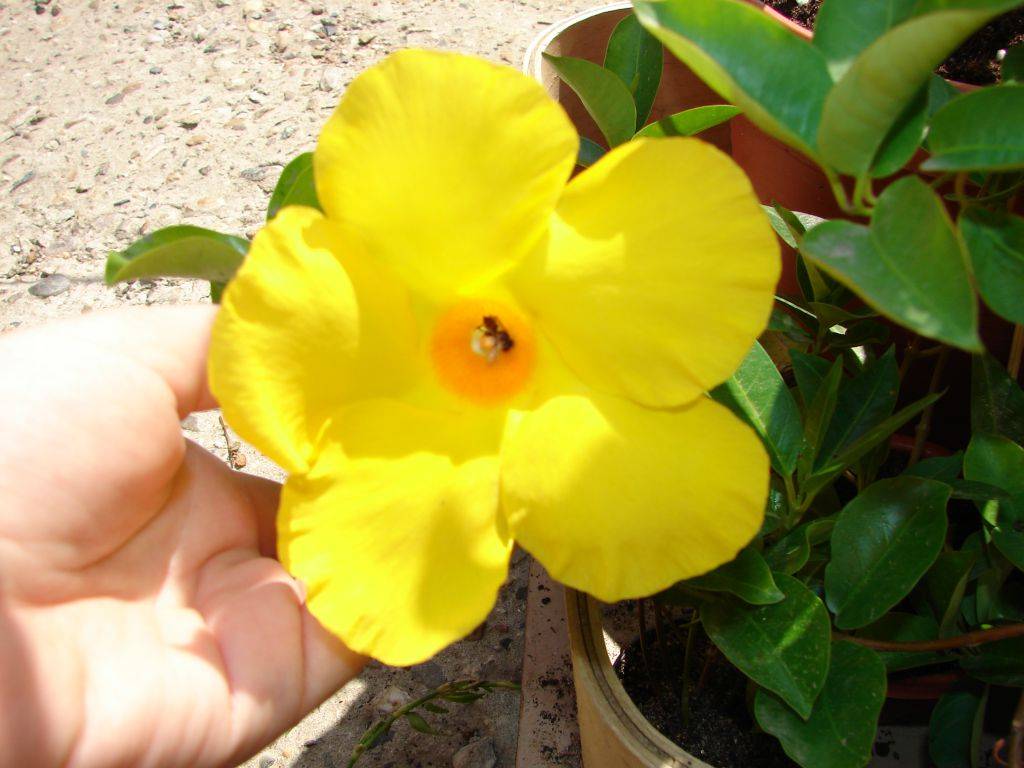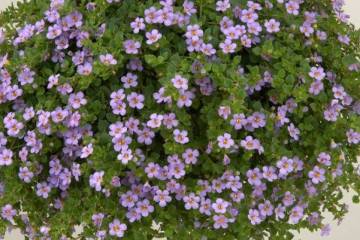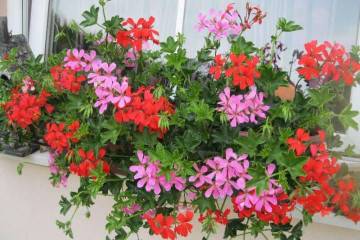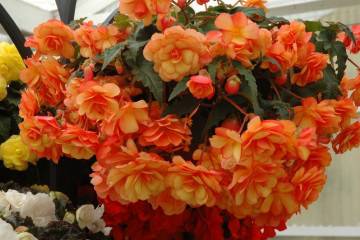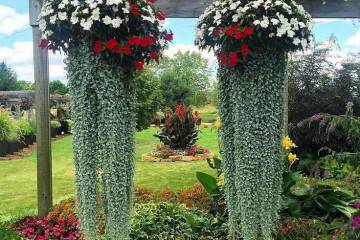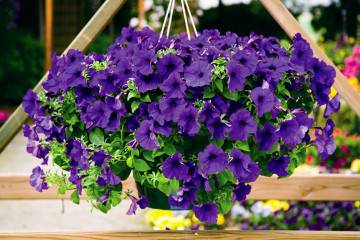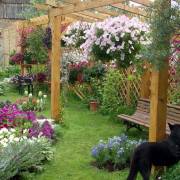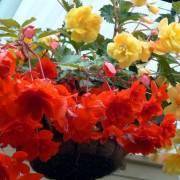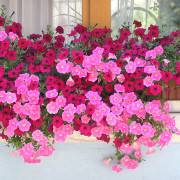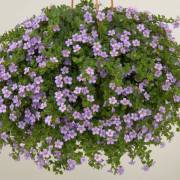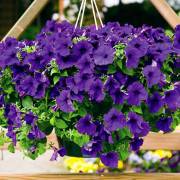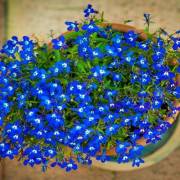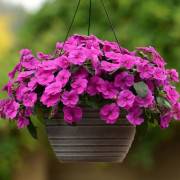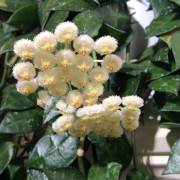Diplomas ampelous or mandeville - home care
Content:
Dipladenia is a climbing plant that is found in Central and South America. Often, domestic and garden species are called the Mexican tree of love, jasmine, Brazilian balsam, Bolivian rose. Mandeville is the scientific name of the flower, given in honor of the Argentine minister and gardener G.J. Mandeville.
What is a Diploma Flower
There are over 100 plant species in total. The most popular of these are Lutea Tropical Dream, ampelous, red, yellow and Red Star. Other equally popular varieties are described below.
Diplomas ampelous
Climbing Mandevilla is a plant that is characterized by rapid growth, oval and glossy leaves. Funnel-shaped inflorescences emit a fragrant aroma and consist of five petals pink, white or red.
Diplomatic property red
Mandeville with velvety red flowers, bright green leaves. Moderate hydration is required. Inflorescences of diplodenia red are 30 cm long and 12 cm in diameter.
Diplomas yellow
It is characterized by shortened stems, so you will need to make additional support. It is the Opal variety that has yellow flowers.
Mandeville Lutea Tropical Dream
The variety is characterized by bright colors. The yellow diploma resembles a gramophone.
Red Star Diplomas
The plant needs partial shade. The bush with red and white flowers reaches a height of 70 cm.
Mandeville bloom lasts from April to November. In the summer season, daily irrigation of the foliage is required.
Diplomatic property ampelous (mandeville): care in the garden
The plant is tropical and therefore requires bright sunlight. This is one of the main criteria for choosing a place for planting vines. To grow in pots and containers, you need soil consisting of garden soil, sand and moss in equal proportions. For Mandeville, which grows in the open field in the garden, additional sand and humus should be added.
Diplomas react negatively to strong winds that bring rain, and the soil becomes poorly drained. With excessive moisture, the indoor flower will hurt, turn yellow and can die.
Do not forget that the curly liana will trail. It is necessary to prepare in advance a support in the form of a rack near the house, frame, wall, fence. For a more lush growth, a young plant needs to be pinched. Diplomacy in the garden is regularly examined for the presence of parasites, and old, dead and damaged leaves are removed.
In a heat-loving plant, a dormant period begins in winter in zones with a temperate climate. With the onset of spring and warming, rapid growth is observed. Outdoors, the Mandeville flower does not survive in severe frosts. In the autumn, when it drops to 10 ° C, it should be brought into the room. This is the lowest temperature a vine can withstand without consequences.
Reproduction of the Diplomatic Mandeville
The plant has a beautiful and spectacular appearance, bright inflorescences and glossy leaves. Reproduction of Mandeville occurs in two ways - by seeds and cuttings. The specialty store sells a variety of seed varieties. This will allow you to grow a vine yourself, because buying an adult bush is expensive.
Germination of grains occurs at a temperature of 22-27 ° C under bright diffused lighting, in a light and loose weakly acidic substrate. The soil must be pre-moistened, and holes must be made in the container from below for excess liquid to escape.
The presence of two leaves on the seedlings means that they can be dived into separate containers and then transplanted into permanent pots.
Mandeville: grafting
From mid-spring to July, the plant can be propagated by cuttings. For this, the tops of young or lignified mature stems are suitable. For rooting, cuttings of Mandeville are placed in cups filled with moist soil, which includes sand and peat in equal proportions. It is required to deepen the shoot up to the first pair of leaves.
Then the glass is removed to a room or greenhouse, where the temperature is not lower than 25 ° C. Watering the cuttings is carried out through the pallet. After a month, the cut off stems take root, after which they are transplanted to another place. Sometimes gardeners root the Mandeville diplopia with cuttings in water and only when roots appear 10-20 cm long, they are transplanted into a pot with soil.
Subject to all the rules for caring for ampelous diplodenia at home and grafting, the flower will quickly take root. The best period for this is from mid-spring to July. But sometimes the cuttings of Mandevilla do not take root, so in this case it should be grown from seeds.
Why does Mandeville not bloom
The flowering period of the plant lasts from March to mid-autumn. Liana is persistent, but some factors can interfere with the formation of inflorescences. So this is why beautiful Mandeville does not bloom:
- lack of sunlight. Ultraviolet light is required for bud setting. In partial shade, small diplodenia flowers appear, and in the shade they are absent altogether. You can solve the problem by adding artificial lighting or placing a flowerpot in the sun;
- lack of moisture. When caring for Mandeville, you should not allow the soil to dry out. The plant will shed the buds, and if there is a lack of water, they will not be tied yet. It is necessary to increase the frequency of watering and increase the humidity in the room. An excess of water must not be allowed, otherwise the root system will begin to rot;
- top dressing. If the previous methods did not help to cope with the problem of lack of flowering, then the plant should be fertilized with mineral components. Lack of vitamins negatively affects the leaves, stems and flowers of the Mandeville.
Many gardeners, especially beginners, are interested in what kind of flower of diplopathy it is, to whom it can be given and how to care for it. This beauty grows not only in the house, but also on the street.Before buying seeds or seedlings, it is worth considering and reading specialized literature; many editions publish printed publications for flower growers. In order for the owners to always be pleased with Mandeville, home care for her is a must.

